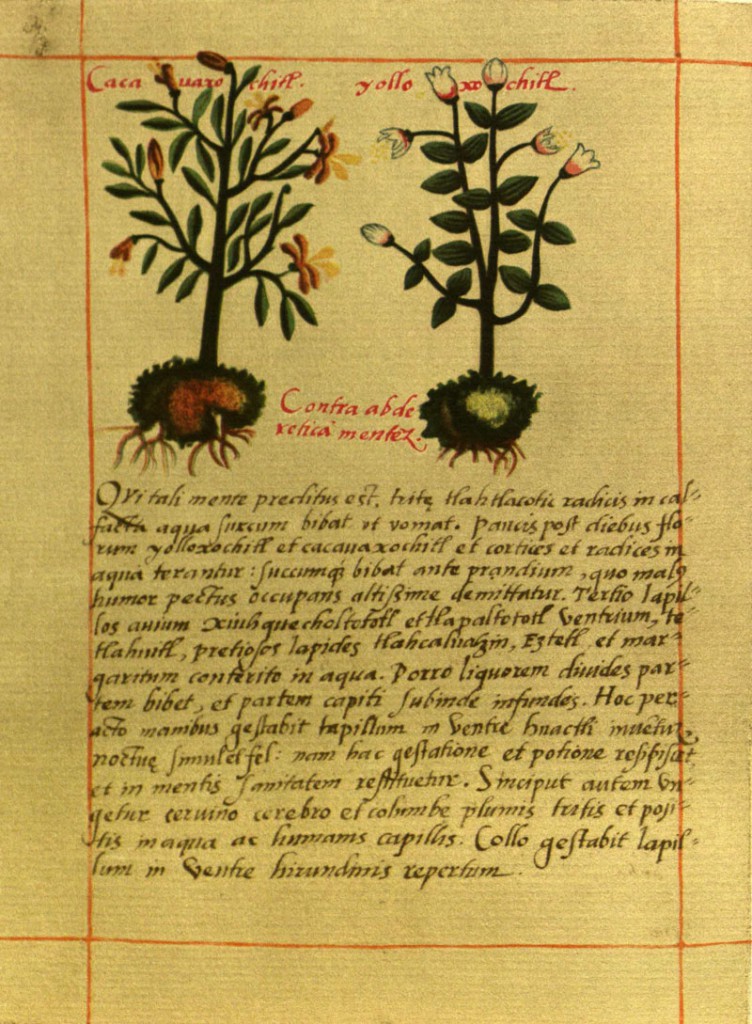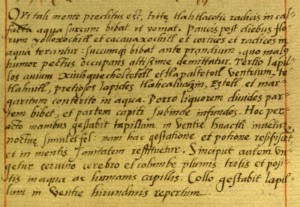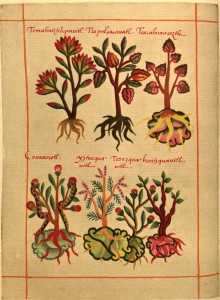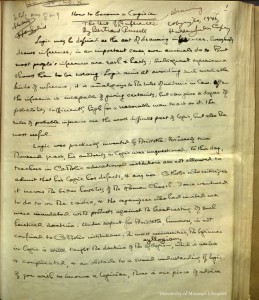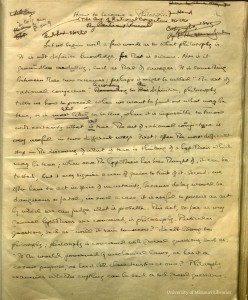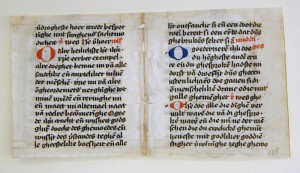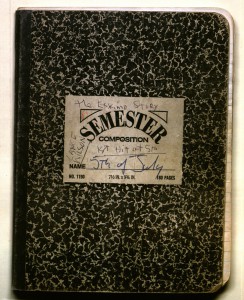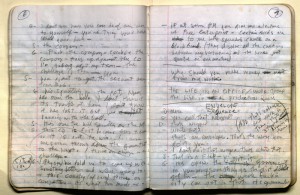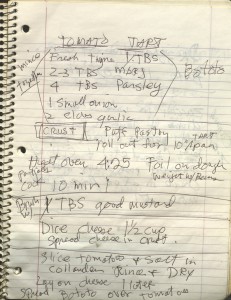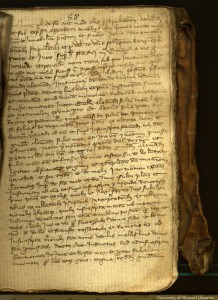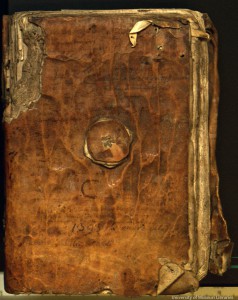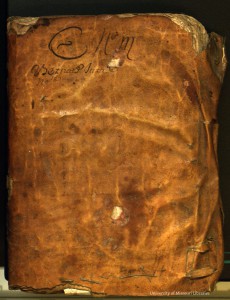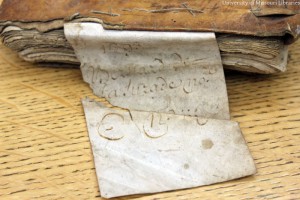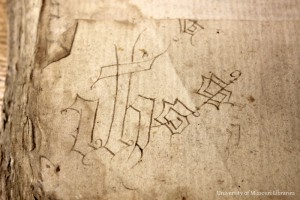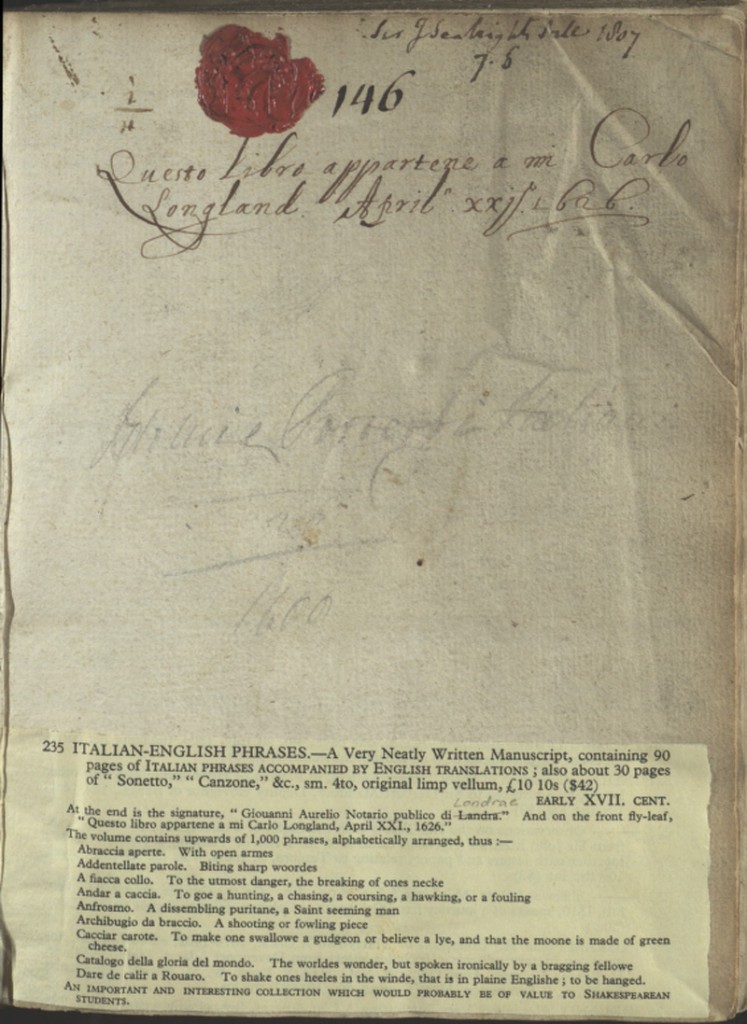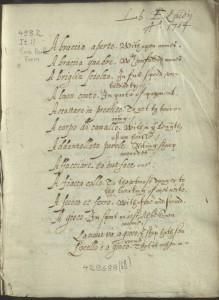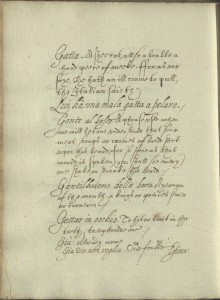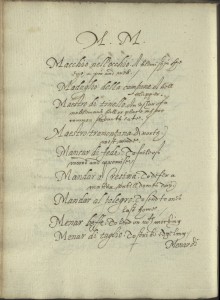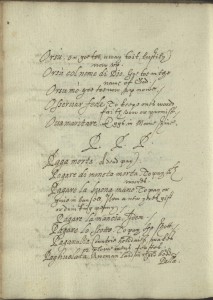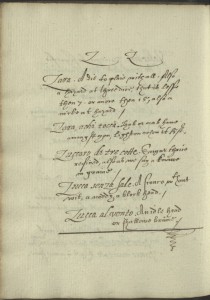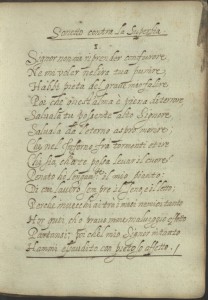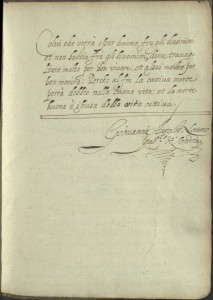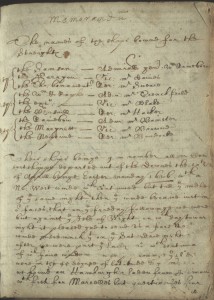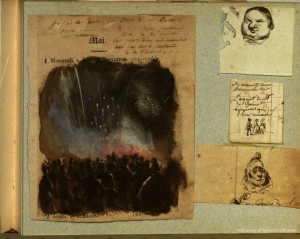For Mental Stupor:
He whose mind is in this condition should drink the juice of the tlahtlocotic root crushed in warm water so that he will vomit. A few days later both the bark and roots of the flowers yolloxochitl and cacauaxochitl are to be crushed in water; he is to drink the juice before lunch…His forehead, moreover, is to be anointed with the brain of a stag and the feathers of a dove, crushed and put in water, and human hair. On his neck he shall carry the stone found in the stomach of the swallow.
Plate 98 (left) and Plate 98, detail (right)
This remedy appears in a very special manuscript known as the Badianus Manuscript (Codex Barberini, Latin 241), now housed at the Vatican library. This manuscript was created in 1552 by two individuals of Aztec descent. One, Martinus de la Cruz, was a physician; the other, Badianus, rendered the former's pharmacological knowledge into Latin. The manuscript, decorated with pigments made of native materials, is not only astoundingly beautiful, but an important witness to Aztec medicine at the time of the conquest. Special Collections owns a facsimile, edited by Emily Emmart.
Plate 68
The Badianus Manuscript, Codex Barberini, Latin 241, Vatican Library: An Aztec Herbal of 1552
John Hopkins Press, 1940
Rare Folio RS169 .C7 1552a
